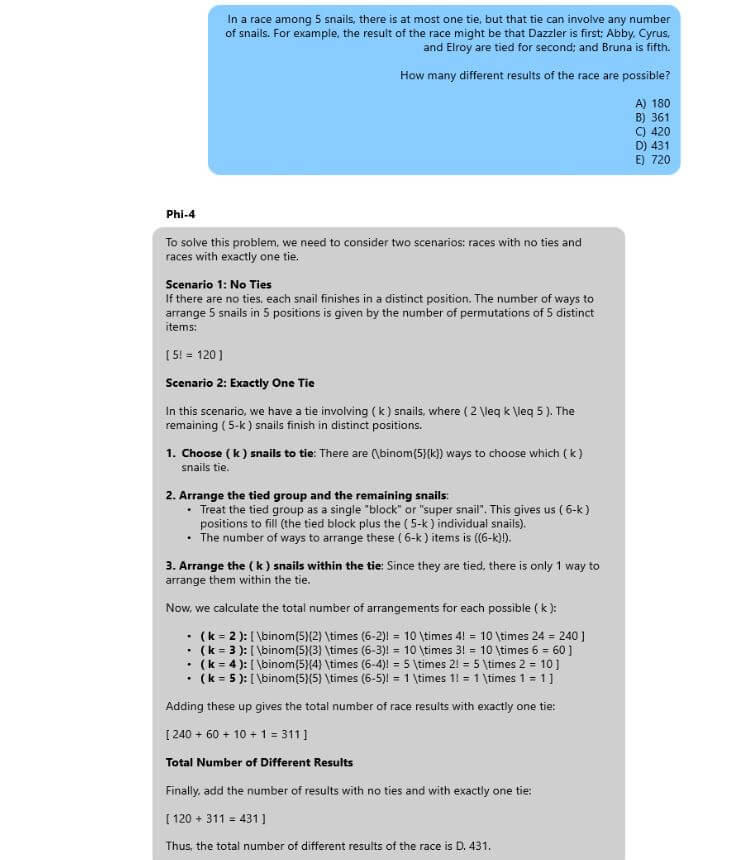Microsoft introduced AI Phi-4 generative model With completely open weights on the Hulging Face platform. Since the presentation in December 2024, Phi-4 drew attention to increased performance in mathematical calculations and understanding of the multi-purpose language, requiring fewer calculation resources than larger models.
Phi-4, with 14 billion parameters, is designed for competing with models such as GPT-4O Mini, Gemini 2.0 Flash and Claude 3.5 haiku.

This small language model (SLM) is optimized for complex mathematical calculations, logical reasoning and efficient multitasking. Despite the smaller size, Phi-4 provides high performance, processes long contexts and is ideal for applications requiring precision and performance. Another distinctive function is the MIT license, enabling free use, modifications and distribution, even for commercial purposes.
Microsoft has further strengthened the model, using synthetic data and tuning techniques, improving its accuracy of tasks requiring reasoning. An example of the PHI-4 mathematical reasoning possibilities is shown in the figure below.

In April 2023, Microsoft introduced the Phi-3 Mini, the first of a series of small models of small Languages PHI-3. It contained 3.8 billion parameters and was trained on a smaller set of data compared to larger models such as GPT-4. In August, Phi-3,5 models took place, including Phi-3.5-Wiisja and Phi-3.5-Moe, which used synthetic data and filtered public data sets, supporting contexts up to 128,000 tokens. This evolution of the small development of the model ended with the release of Phi-4.
Initially, Phi-4 was available through Azure ai foundry platform. Now Microsoft has released Phi-4 on Hugging Platform with open scales under the myth license. Phi-4 is also available by Ollam.
Phi-4 stands out in several key areas. It ahead of larger models in mathematical calculations, including solving complex problems, which makes it ideal for applications that require precise calculations. It is also highly efficient in multi -purpose and logical reasoning, supports long contact processing and achieves high performance with limited computing resources. These functions make PHI-4 a great choice to integrate with scientific and commercial projects that require both precision and resource optimization.
Sharing Phi-4 weights, programmers can freely integrate them with their projects and adapt to specific tasks, significantly expanding potential applications in various fields.
For more information on technical specifications, we recommend reviewing Full technical report on ARXIV.


















